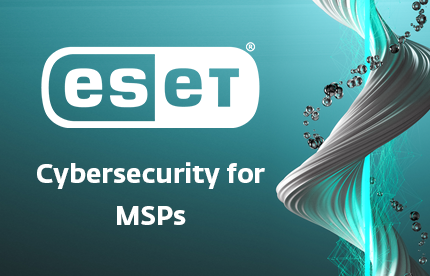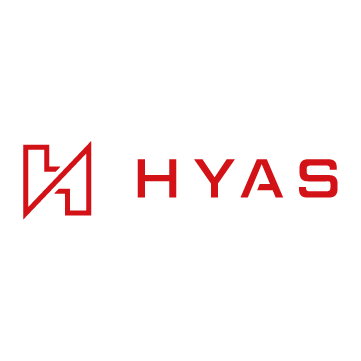If you run an MSP, you don’t really manage “one business.” You manage a portfolio. That portfolio behaves a lot like a multi-store retailer: each store (client) contributes margin, that contribution covers the cost to run each store and the headquarters (overhead), and what’s left becomes profit. Improve the portfolio and you improve the business—cash flow, enterprise value, and exit options—one client at a time.
Start With The Retailer Mindset
Picture five retail stores. Four are humming along; one is dragging at 6% contribution. You could rebrand, rebuild merchandising, overhaul marketing—big lifts, big risk. Or you can fix the outlier. Nudge that one store from 6% to 16% and your average contribution jumps from ~18% to ~20% without rolling a grenade into the entire operation.
MSPs are no different. Our “stores” are clients, agreements, engineers, project types, ticket types. There are always outliers. Fixing the right few produces an outsized return on effort.
Agreement Pricing & The “Delta”
At MSPCFO we evaluate managed services value by comparing two things:
- Managed services labor revenue - the labor portion of the agreement; tools removed), and;
- Shadow billable - what you would have billed at your standard rate if there were no agreement.
When shadow billable regularly exceeds agreement labor revenue, you have a negative delta. That client is either overserved or underpriced. The delta doesn’t tell you why yet—but it tells you where to look.
The Forest vs. The Trees
At the P&L level, your total managed services labor and total shadow billable might balance. Look closer and you’ll see the truth: a handful of underwater clients are being subsidized by a handful of highly efficient clients.
Don’t be comforted by offsets. Be excited by the opportunity. The “bottom five” typically hide a double-digit share of labor being delivered without corresponding revenue. That’s margin sitting on the table—often fixable with operational remediation, right-sizing, or one-time projects to retire technical debt.
On the other side, hyper-efficient clients can be a risk. If they rarely see you, they can start to question the monthly invoice, downgrade plans, or put you out to bid. Our research shows high-efficiency clients churn more than average, while the least profitable clients churn less. Left alone, you lose the very customers subsidizing the rest.
What To Focus on First: Top Five & Bottom Five
You don’t need 100 dashboards to start. Begin with two short lists:
- Bottom five agreements/clients by negative delta.
- Top five agreements/clients by positive delta.
For the bottom five, you’ll usually recognize most of the names—often festering for months. The list gives you the confidence to act. For the top five, build an engagement plan so they feel your value: QBRs with tangible wins, roadmap reviews, proactive risk reduction, and visible service moments.
Trends Beat Spikes
Pay attention to direction as much as levels:
- Persistently bad: chronic negative delta. These need structured remediation.
- Becoming bad: deterioration over the last 3–9 months. Catch it early.
- Persistently good: wonderful, but at risk of taking you for granted—keep them close.
A simple view of delta movement over rolling quarters will separate noise (one-off spikes) from patterns you must address.
Which Lever to Pull?
When agreement efficiency (billed labor revenue ÷ shadow billable) is low, deconstruct it so you fix the right thing:
- Revenue side
- Revenue per endpoint or per user
- Effective billable rate and inclusions/exclusions
- Legacy pricing, scope creep, unbilled adds (e.g., endpoints, users, sites)
- Work side
- Tickets per endpoint or user
- Hours per ticket
- Mix of reactive vs. proactive tickets
- Projectable technical debt (e.g., aging hardware, migrations deferred)
Then route it to the right owner:
- If operations is the outlier (too many tickets, long handle times), fix processes, automation, standards, and training.
- If pricing/scope is the outlier, move it to account management for a documented scope review, a change order, or a reprice.
Don’t attack an operations problem with pricing—or a pricing problem with operations.
Data Quality: Good Enough to Start & Get Better as You Go
Perfect data is rare; unusable data is uncommon. You can act with “good enough” as long as the basics are in place:
- Engineers log 100% of their time (8 hours captured daily, with admin where appropriate).
- Real work is recorded as work; don’t hide billable-equivalent effort behind blanket “non-billable” just because it’s under agreement.
- Ticket classification (type/subtype/item) is consistent enough to see outliers.
Read: Who Is (and Isn’t) a Good Fit for MSPCFO?
Depth unlocks precision. The deeper you go, the more targeted (and less disruptive) your fixes.
Putting This into Motion This Month
- Pull the lists: top/bottom five agreements by delta for the last full quarter.
- Label each as primarily operations or pricing/scope after a quick metric breakdown.
- Assign owners and a 30-day action for each (SOP fix, automation, training, change order, or reprice).
- Protect the winners: schedule QBRs, show outcomes, and surface a forward roadmap.
- Track momentum: review deltas and movements quarterly; celebrate any outlier you pull back to the pack.
Want To See It on Your Own Data?
When we run a real demo, we connect to your PSA, load your data, and show you exactly where the portfolio is leaking and where it’s at risk—even if your data isn’t perfect yet. You’ll leave with specific next steps. If it’s not a fit, we purge the data and part as friends.
Treat your MSP like a retailer: fix the one “store” that’s breaking the average, protect the few that carry the rest, and watch the portfolio’s margins rise—without a risky, all-at-once overhaul.
Schedule a live demo with MSPCFO
























